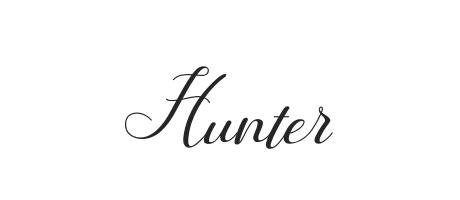

In an introduction dated 1998, Truant claims to have found the book as an unfinished manuscript left by the recently deceased Zampanò, having never met the author in life.

Rather than Danielewski, the title page of House of Leaves credits two men named Zampanò and Johnny Truant as its authors. House of Leaves has also been described as a "satire of academic criticism." Summary The book is most often described as a horror story, though the author has also endorsed readers' interpretation of it as a love story. At points, the book must be rotated to be read, making it a prime example of ergodic literature. It is also distinguished by convoluted page layouts: some pages contain only a few words or lines of text, arranged to mirror the events in the story, often creating both an agoraphobic and a claustrophobic effect. The book is formatted by academic publishing conventions, including exhibits, appendices, and an index, as well as numerous footnotes.

This framing device results in multiple narrative voices, including the book's supposed author, compiler, and editors, as well as the documentary's cast, whose relationships to each other give rise to inconsistencies and mysteries. A bestseller, it has been translated into a number of languages, and is followed by a companion piece, The Whalestoe Letters.Ī work of pseudepigrapha, House of Leaves purports to be a monograph critiquing a documentary film, while simultaneously narrating the events of the film, in which a family discovers a seemingly endless labyrinth in their house. Danielewski, published in March 2000 by Pantheon Books. House of Leaves is the debut novel by American author Mark Z.


 0 kommentar(er)
0 kommentar(er)
